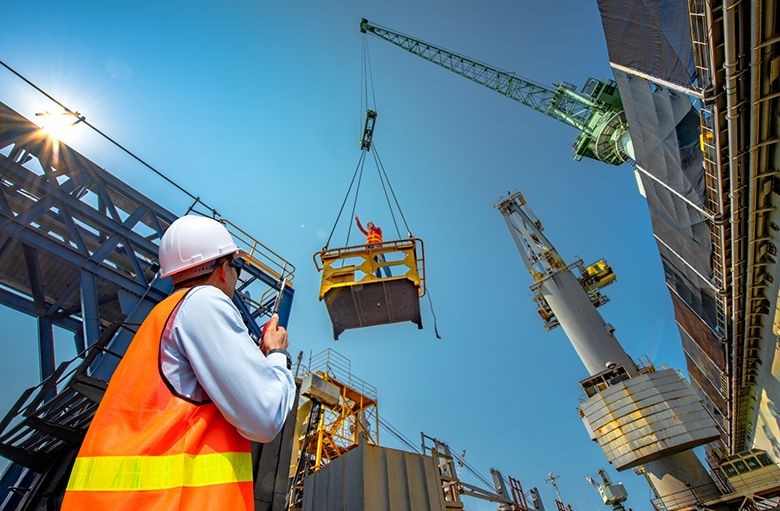Any Query :
EOSH Level 2 – Award in Lifting & Rigging Safety
EOSH Level 2 – Award in Lifting & Rigging Safety
Overview: The EOSH Level 2 – Award in Lifting & Rigging Safety course provides participants with a thorough understanding of safe practices related to lifting and rigging operations across various industries. This course is designed to furnish learners with both the theoretical knowledge and practical skills necessary for the safe operation of lifting equipment. The program emphasizes risk reduction and accident prevention through proper training in techniques, equipment care, load calculations, and adherence to safety regulations.
Learning Objectives:
By the end of this course, participants will be able to:
- Understand and articulate the legal and regulatory requirements relevant to lifting and rigging operations.
- Identify various types of lifting equipment and their appropriate applications.
- Conduct thorough inspections of lifting equipment and accessories to ensure safety.
- Apply proper rigging techniques and calculate loads while considering the center of gravity.
- Communicate effectively using recognized signals for lifting operations.
- Assess risks associated with lifting tasks and implement suitable hazard control measures.
- Develop and execute emergency procedures and rescue plans tailored to lifting operations.
- Recognize industry-specific lifting and rigging safety practices and protocols.
- Report and investigate incidents related to lifting and rigging to promote continuous safety improvements.
Course Outline:
Unit 01: Introduction to Lifting & Rigging Safety
- Overview of lifting and rigging fundamentals
- Importance of safety in lifting operations
Unit 02: Legal and Regulatory Requirements
- Occupational health and safety regulations
- Standards and guidelines for lifting and rigging
Unit 03: Types of Lifting Equipment
- Cranes, hoists, lifts, and more
- Selection criteria for lifting equipment
Unit 04: Safe Use and Inspection of Lifting Equipment
- Daily inspections and maintenance
- Recognizing signs of wear and damage
Unit 05: Selection and Inspection of Lifting Accessories
- Types of lifting accessories (slings, shackles, etc.)
- Criteria for selection and inspection processes
Unit 06: Proper Rigging Techniques
- Rigging configurations (e.g., choke, vertical, basket)
- Safe practices for rigging and load placement
Unit 07: Load Calculation and Center of Gravity
- Understanding load limits and rigging weights
- Calculating load distribution and center of gravity
Unit 08: Communication and Signals for Lifting Operations
- Standard signals and their meanings
- Effective communication among crew members
Unit 09: Risk Assessment and Hazard Control
- Identifying potential hazards in lifting operations
- Risk assessment methodologies and control measures
Unit 10: Emergency Procedures and Rescue Planning
- Creating an emergency action plan for lifting incidents
- Training in rescue techniques and response strategies
Unit 11: Lifting and Rigging Safety in Specific Industries
- Case studies from construction, manufacturing, and other sectors
- Industry-specific challenges and best practices
Unit 12: Incident Reporting and Investigation
- Documenting incidents and near misses
- Root cause analysis and lessons learned
Duration:
The recommended duration for the EOSH Level 2 – Award in Lifting & Rigging Safety course is 3 days. However, the duration may be extended to accommodate additional learning needs, but it will not be reduced.
Assessment:
Participants will be evaluated through a combination of assessments, including:
- Written assignments
- Practical demonstrations (if applicable)
- Multiple-Choice Questions (MCQs) covering course content
To obtain the EOSH Level 2 qualification, learners must successfully pass both the practical assessment (if applicable) and the MCQs with a minimum percentage as set by the governing body.


